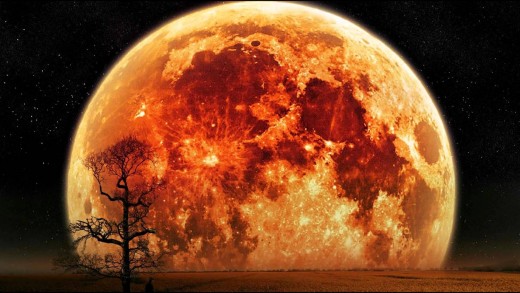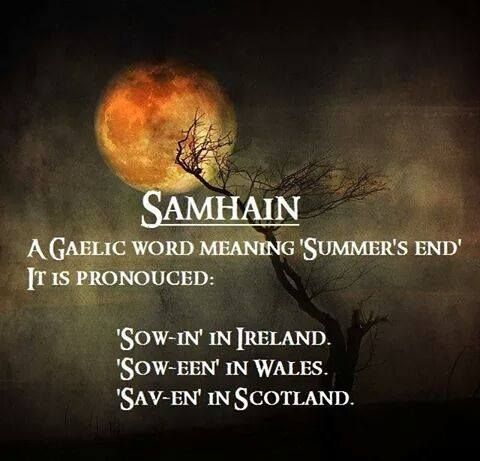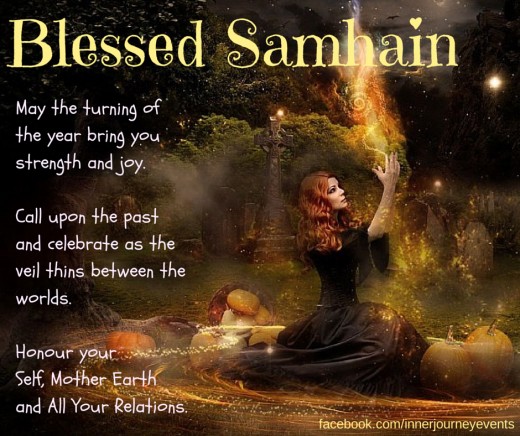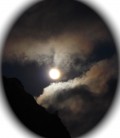The History of Halloween
The History Behind the Holiday
The name of the holiday, "Halloween" is a combination of the words, "All Hallows' Evening" or "All Hallows' Eve".

Halloween originated as a Gaelic festival that signified the end of the harvest season and the beginning of winter. It is usually celebrated on the night of October 31st through to the early morning hours of November 1st, marking halfway between the autumn equinox and the winter solstice. It belonged to four Gaelic festivals of seasonal change. The other three are Imbolic, Bealtaine, and Lughnasdh. Again, all four of these festivals are Gaelic festivals.
The holiday was originally not called "Halloween". It was called "Samhain" and is believed to have originated from Celtic pagans. That is, this predated the Christian era in Ireland. There is evidence that this date was important since ancient times. For example, it is known that the Mound of the Hostages which is a Neolithic passage tomb located at the Hill of Tara is aligned with sunrise on the day of Samhain. Many of the earliest Irish literature pieces mention "Samhain". Also, there were many important events in Irish literature that happened on Samhain.

The ancient pagans would prepare for winter by taking stock of their supplies and asking the Druid priests to pray for them and their loved ones because they knew that many of them would not make it through the winter.The festival Samhain was observed as a time when the boundary between the living world and the spiritual world or world of the dead was very thin and could easily be crossed. It was believed that the spirits had a greater ability to come into the world of the living. People would set out food and drink for the spirits while feasts were had with a place set out for a deceased loved one. People would dress up in costumes and go door to door asking for food. It is believed that they dressed up in costumes to disguise themselves in an attempt to prevent the spirits from harming them. It was believed by the Ancient Gaels that the dead would inflict sickness and damage the crops. It is believed that this was their explanation of illness flourishing in winter because they did not know anything about germs. Many of the customs of Halloween were taken from Druid and pagan traditions. The Druids would place the skulls of their ancestors in a circle to protect them from other spirits. The Druid prophets would also make prophecies about what was to come in the future, possibly as a way of trying to comfort the people as winter was always a time associated with death.
By the time of 43 A.D., the majority of the Celtic territory was conquered by the Roman Empire. However, it was earlier on in the 9nth century A.D. that Western Christianity changed the date to November 1st for All Saints Day and November 2nd for All Souls Day. As time went on the three holidays merged into one Holiday which we now call "Halloween".

Not only was Halloween seen as a day to prepare for winter, it also was seen as somewhat of a match-making holiday. In Ireland, in the 1700's, a cook who was a matchmaker would sometimes bury a ring in mashed potatoes on the night of Halloween, thinking that this would bring romantic love to the person who found the ring in her or his mashed potatoes. It was in Scotland that eligible young women would name a hazelnut for each of their suitors before throwing into them into the fireplace. In some versions the nut that burned and did not pop out of the fireplace or explode represented their future husband while in other versions, the nut that burned until it was gone was symbolic of the love of the person the nut was named after as dying out or not lasting. A different story was of a young woman, upon eating a desert made of walnuts, hazelnuts, and nutmeg before falling asleep on Halloween night would get a prophetic dream about her future husband. These traditions were still based on the idea that there was a thinning between the world of the living and the spirit world.
Test Your Halloween Knowledge
view quiz statisticsSources Cited:
- What is Halloween? Explore the definitive Halloween History resource.
Halloween History goes back more than 3,000 years. Today it's known for Trick or Treating and costumes but All Hallows' Eve evolved from much darker places.
- History of Halloween - Halloween - HISTORY.com
Find out more about the history of History of Halloween, including videos, interesting articles, pictures, historical features and more. Get all the facts on HISTORY.com








